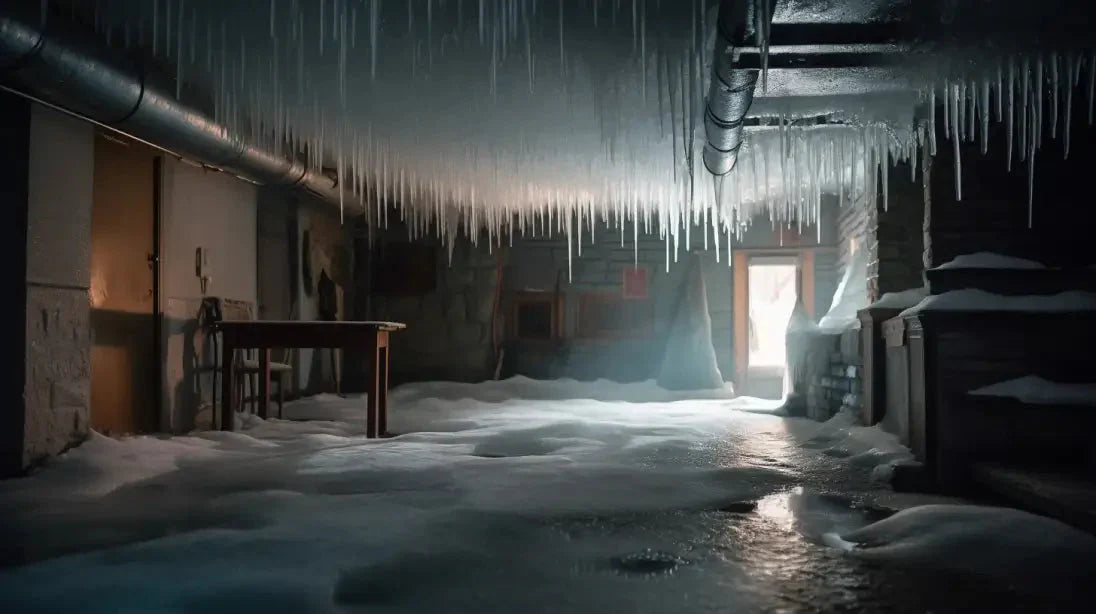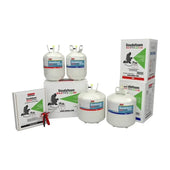Pipe lagging, also known as pipe insulation, can significantly reduce the risk of pipes freezing in the UK, particularly during the colder months. It works by providing an insulating layer around the pipe, which helps to retain the heat within the pipe and prevent the water inside from freezing.
At what temperatures in the UK do pipes become at risk for freezing?
In the UK, pipes can become at risk of freezing when temperatures drop below 0°C (32°F). However, the risk increases significantly when temperatures drop below -5°C (23°F). It's important to take preventative measures to protect your pipes from freezing during cold weather, such as insulating them and allowing a small trickle of water to flow through them.
The Role of Pipe Lagging in Preventing Freezing
Pipe lagging is essential in preventing pipes from freezing, as it maintains the water temperature above freezing point. Insulating pipes in unheated areas, such as lofts, garages, and exterior walls, is particularly crucial to avoid freezing during cold spells.
However, while pipe lagging can help protect your pipes from freezing, it is not a foolproof solution. In extremely cold conditions, pipes may still freeze if the insulation is insufficient, or if there are gaps in the insulation. To further minimise the risk of freezing, it is recommended to take additional measures, such as:
- Ensuring that pipes are well insulated, particularly those in unheated spaces like lofts and garages.
- Keeping your heating on at a low temperature, even when you're not at home, to maintain warmth in the pipes.
- Fixing any draughts or gaps around your home that could allow cold air to enter and reach the pipes.
- Installing frost protection devices, such as trace heating cables, on particularly vulnerable pipes.
- Keeping interior doors open to allow warm air to circulate around your home, reaching areas where pipes may be located.
By combining pipe lagging with these additional preventative measures, you can greatly reduce the likelihood of your pipes freezing during the UK's winter months.























































